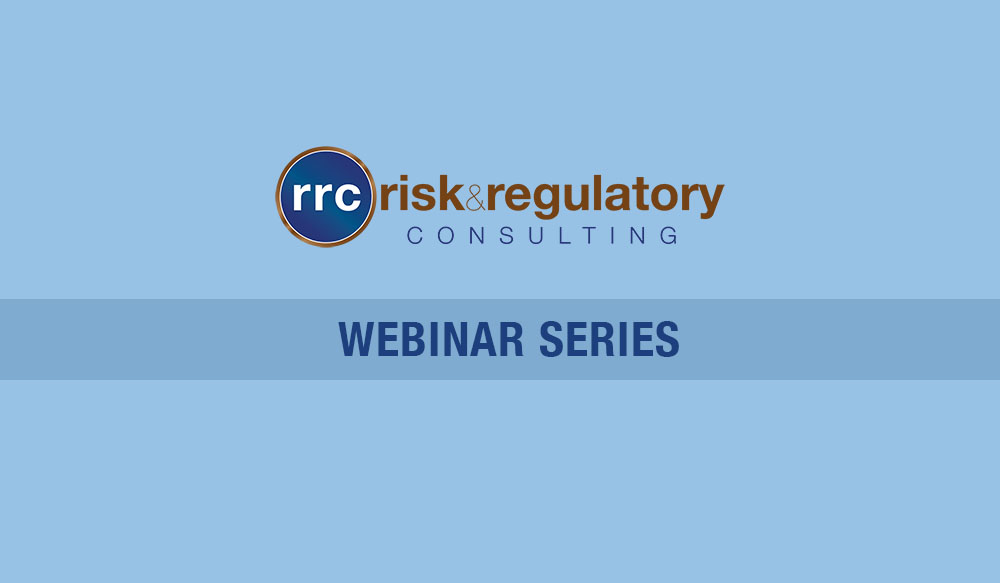- 20 Batterson Park Road Suite 380
- Call: 855-246-0815
- Email: info@riskreg.com
Consulting Services to Insurance Regulators
RRC Market Briefing-Market Recap for 2022 and Potential Impacts on Insurer Investments
Authored by: Edward Toy – Director, Investment Specialist To say that 2022 was an eventful year for investments would be a significant understatement. Interest rates rose across the entire yield curve. Market spreads varied. Equity markets jumped up and down. Oil prices spiked and then settled back down. Commercial real estate values rallied before dropping....
In Market Briefing By riskreg938
Complex Assets: Risks to Insurers and How to Evaluate Them
Click on READ MORE to view video
Differences in U.S. Insurance Industry Invested Assets by Asset Size
Authored by: Edward Toy – Director, Investment Specialist It is commonly understood that investment profiles, strategies and practices differ among U.S. insurance companies. Life insurance companies invest differently from Property & Casualty (“P&C) and Health insurance companies. These differences reflect different needs in asset-liability management and meeting liquidity requirements. In addition to differences across insurer...
In Market Briefing By riskreg938
U.S. Insurance Industry Invested Assets as of Year-End 2021
Authored by: Edward Toy – Senior Manager, Investment Specialist The COVID-19 Pandemic resulted in economic turmoil and substantial disruption to virtually every investment market in 2020. In many ways the recovery in the second half of 2020 and into 2021 was nearly as surprising to analysts. The areas of potential concern were overtaken by the...
In Market Briefing By riskreg938
2021 Review and Prospects for Regulatory Focus in 2022
Authored by: Edward Toy – Senior Manager, Investment Specialist 2021 was generally a good year for investment markets after a tumultuous 2020. The S&P 500 reported an overall price gain of 26.9%. National indices of commercial real estate values recovered significantly. Bond defaults and rating agency downgrades moderated significantly. As insurance regulators head into 2022,...
In Market Briefing By riskreg938
RRC Comments Regarding Regulatory Considerations Applicable (But Not Exclusive) to PE Owned Insurers
Authored by: Tricia Matson & Ed Toy The Macroprudential (E) Working Group (MWG) and Financial Stability (E) Task Force (FSTF) exposed for comment a set of Regulatory Considerations Applicable (But Not Exclusive) to Private Equity (PE) Owned Insurers (Considerations). RRC appreciates the opportunity to offer our comments. Should you have any questions, we would be...
In Comment Letters By riskreg938
RRC Comments on Long Term Care Insurance Multistate Rate Review Framework
Authored by: Tricia Matson The Long Term Care Insurance Multistate Rate Review Subgroup (“the Subgroup”) exposed a Long Term Care Insurance (LTCI) Multistate Rate Review Framework (“the Framework”) which covers a potential approach to increase consistency of LTCI rate review actions across states and improve efficiency of LTCI rate reviews for insurers. RRC appreciates the...
In Comment Letters By riskreg938
RRC Comments Regarding AG on Complex Assets
Authored by: Tricia Matson & Ed Toy The Life Actuarial Task Force (LATF) issued a request for feedback related to the concept of an actuarial guideline (AG) focusing on modeling of complex or high-yielding assets in asset adequacy testing (AAT). This request relates to the increasing use of complex investments to back reserves, and the...
In Comment Letters By riskreg938
Recent Posts
Market Recap for Year-End 2024 and Potential Impact on U.S. Insurance Company Investments
21th Feb 2025Authors
Akinyemi (1)
Bartlett (1)
Benck (2)
Bender (1)
Ben Leiser (1)
Browning (1)
Cooper (2)
Creevy (4)
Descy (1)
Heppen (4)
Humphries (3)
Johnson (2)
Jones (1)
Kerbeshian (1)
Leiser (7)
Manchester (1)
Matson (18)
Michael (1)
Moenck (2)
Muchnicki (1)
Nguyen (1)
Quasnitschka (1)
Rarus (1)
Rosenberg (1)
Rushford (1)
Schumacher (1)
Scott (1)
Stevens (1)
Toy (20)
Tracy (1)
Wells (1)
Copyright © 2018 | Risk & Regulatory Consulting | Website Design by Wallfrog










RRC Comments Regarding the Proposal for Valuation Manual Revised Hedge Modeling Language in VM-21